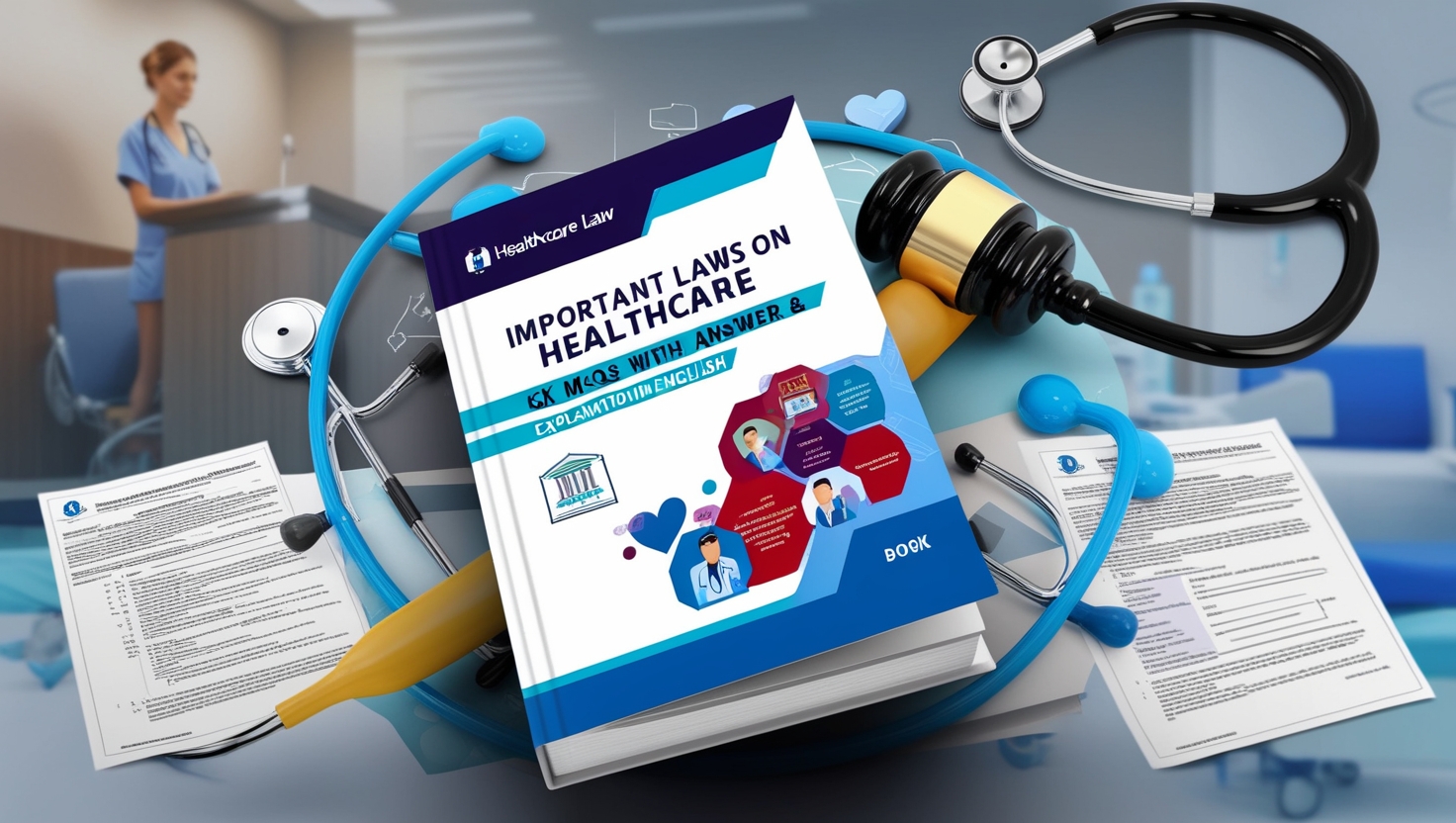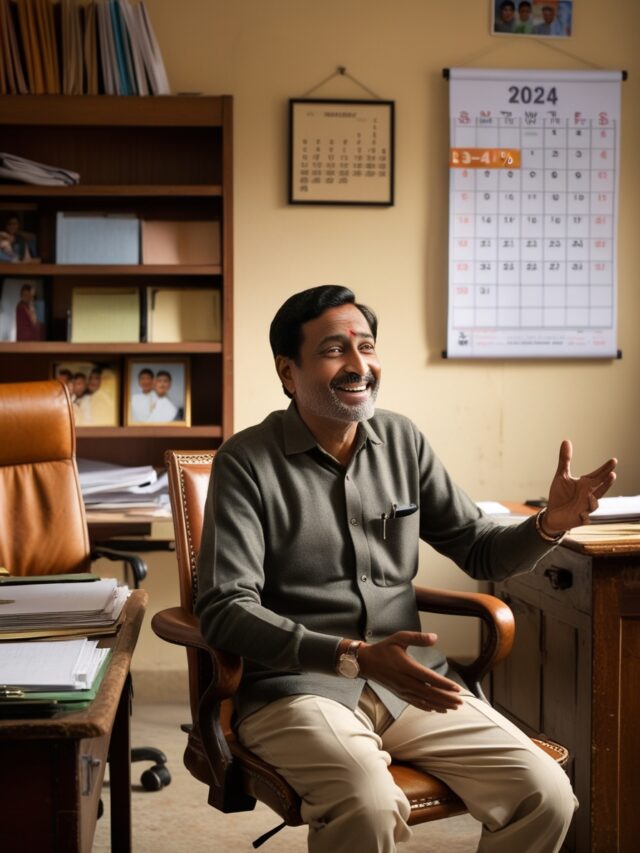
In this article, Important Laws on Healthcare GK MCQs With Answer & Explanation in English, you will explore significant healthcare laws in India. The article offers multiple-choice questions along with answers and detailed explanations, helping readers to better understand the legal framework surrounding healthcare regulations.
Perfect for exam preparation and enhancing your knowledge of healthcare legislation.
1. In which year the Central Council of Homeopathy Act was enacted?
- 1972
- 1973
- 1974
- 1975
Show Answer
Answer: 1973
This act, also known as the Homeopathy Central Council Act, 1973, was established to regulate the Central Council of Homeopathy. Its primary objective was to facilitate the maintenance of a central register pertaining to issues and entities related to homeopathy in India.
2. The Clinical Establishments (Registration and Regulation) Act was passed in which year?
- 2010
- 2011
- 2012
- 2013
Show Answer
Answer: 2010
Enacted in 2010, this act seeks to regulate clinical establishments throughout India. It mandates the registration of clinical establishments and the provision of standard treatment guidelines for common diseases and conditions to ensure quality healthcare services.
3. The Drugs and Cosmetics Act was enacted in which year?
- 1940
- 1944
- 1946
- 1949
Show Answer
Answer: 1940
The Drugs and Cosmetics Act, 1940, enacted in 1940 by the Indian Parliament, is a fundamental legislation governing the import, manufacture, and distribution of drugs in India. It has undergone various amendments and is now known as the Drugs and Cosmetics Act, 1940.
4. Drugs and Cosmetics Act, 1940 was prepared on the recommendations of which committee?
- Hartog Committee
- Fazl Ali Committee
- Chopra Committee
- None of the above
Show Answer
Answer: Chopra Committee
The Drugs and Cosmetics Act, 1940, was formulated based on the recommendations of the Chopra Committee, which was established in 1930. Originally named the Drug Act, this legislation aims to regulate the quality and safety of drugs in the Indian market.
5. Which section of the Drugs and Cosmetics Act, 1940 defines the standards of quality for drugs?
- 14
- 15
- 16
- 17
Show Answer
Answer: 16
Section 16 of the Drugs and Cosmetics Act, 1940, defines the standards of quality for drugs, ensuring they meet prescribed quality levels. Section 17 addresses “misbranding,” considering a drug misbranded if it falsely claims therapeutic value or properties it does not possess.
6. Which section of the Drugs and Cosmetics Act, 1940 deals with fake and adulterated drugs?
- 20
- 23
- 25
- 27
Show Answer
Answer: 27
Section 27 of the Drugs and Cosmetics Act, 1940, deals with counterfeit and adulterated drugs. Sections 22 and 23 define the powers and procedures of drug inspectors during inspections and raids.
7. The Human Immunodeficiency Virus and Acquired Immune Deficiency Syndrome (Prevention and Control) Act was enacted in which year?
- 2016
- 2017
- 2018
- 2019
Show Answer
Answer: 2017
The Human Immunodeficiency Virus and Acquired Immune Deficiency Syndrome (Prevention and Control) Act, 2017, aims to control and prevent HIV/AIDS while safeguarding the rights of individuals diagnosed with the condition. This legislation is crucial for addressing public health and discrimination issues related to HIV/AIDS.
8. The Drugs and Magic Remedies (Objectionable Advertisements) Act was passed in which year?
- 1949
- 1950
- 1951
- 1954
Show Answer
Answer: 1954
Drugs and Magic Remedies (Objectionable Advertisements) Act, 1954: Enacted in 1954, this act prohibits advertisements claiming magical properties for drugs and remedies and makes such claims a cognizable offense. It safeguards public health by preventing the promotion of false or misleading products.
9. Which of the following become the first country in South Asia to statutorily prohibit discrimination against people diagnosed with HIV/AIDS?
- India
- Sri Lanka
- Maldives
- Bangladesh
Show Answer
Answer: India
India became the first country in South Asia to statutorily prohibit discrimination against people diagnosed with HIV/AIDS through the Human Immunodeficiency Virus and Acquired Immune Deficiency Syndrome (Prevention and Control) Act, 2017.
10. Indian Medical Council Act was enacted in which year?
- 1950
- 1952
- 1954
- 1956
Show Answer
Answer: 1956
The Indian Medical Council Act, passed by the Parliament of India in the year 1956, provides for the constitution of the Medical Council of India (MCI) and maintenance of a Medical Register for India and for matters connected therewith.







